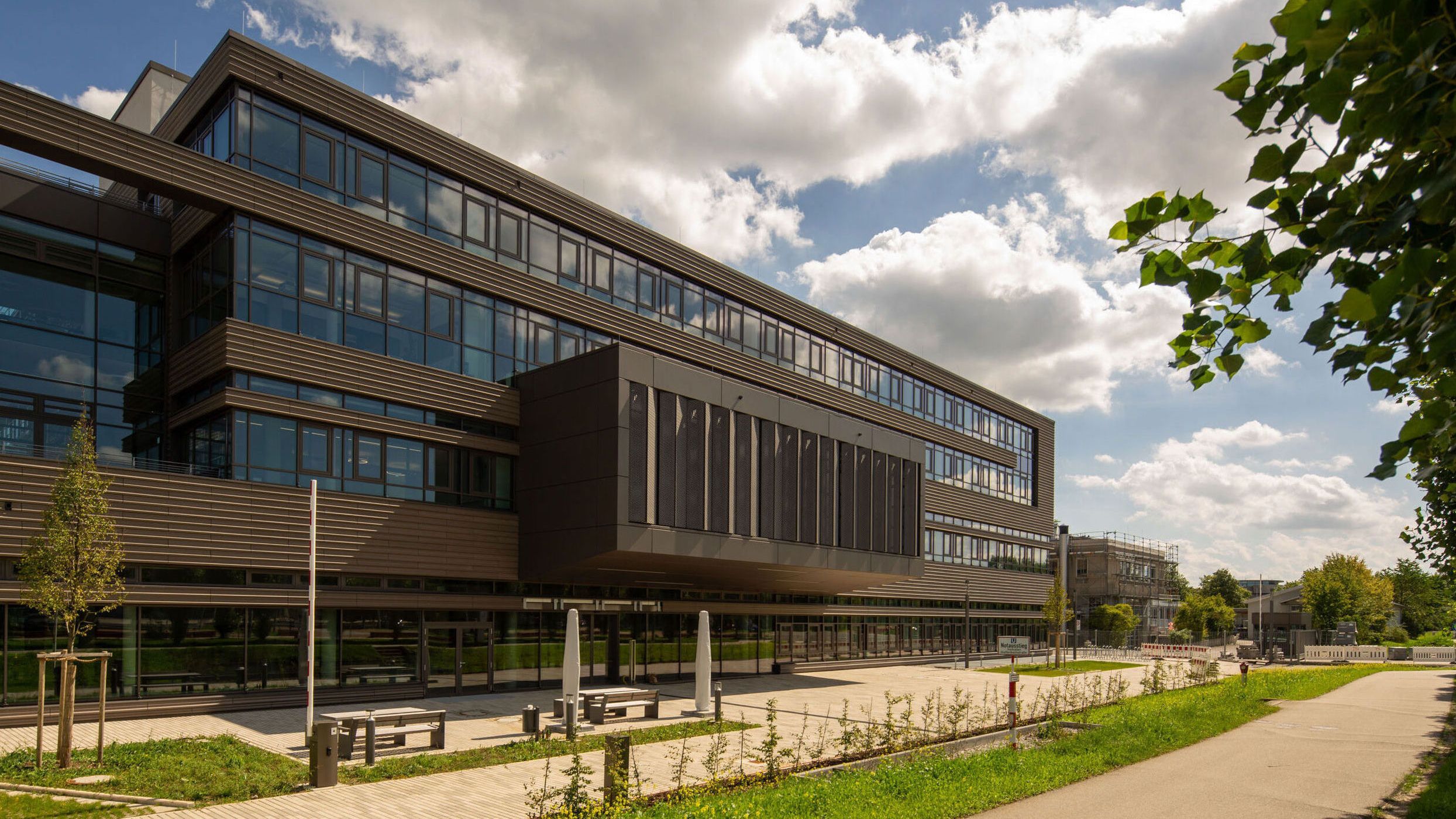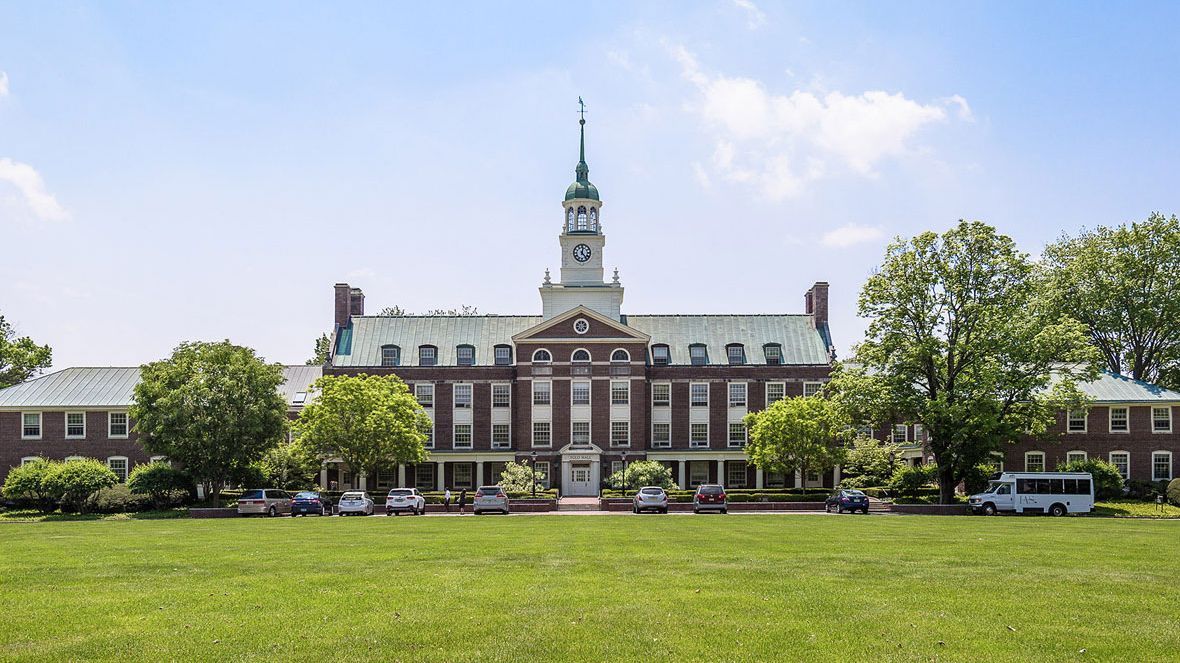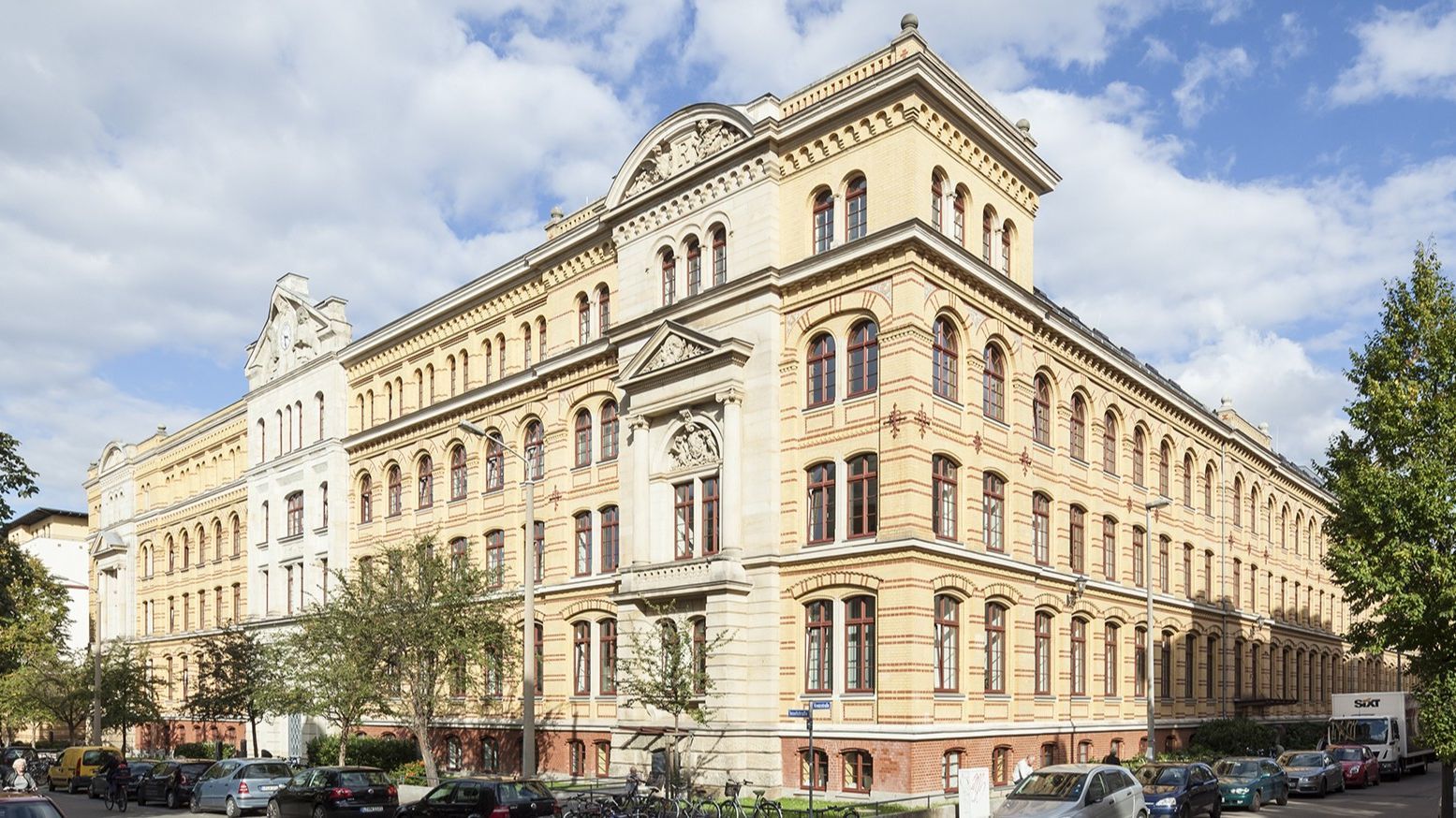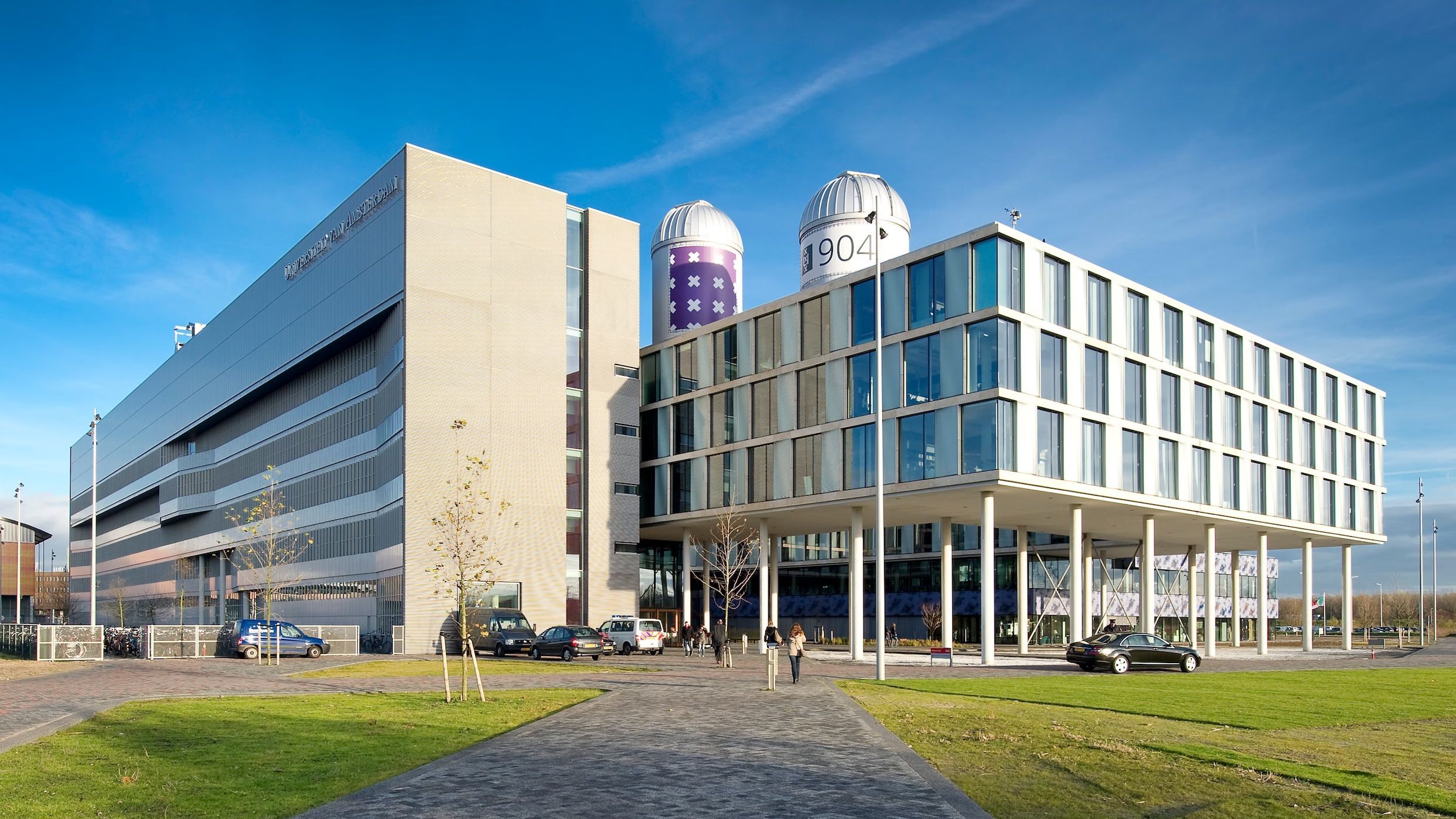Overview
UNIVERSE+ is an ERC Synergy Grant project led by Nima Arkani-Hamed (Institute for Advanced Study, Princeton), Daniel Baumann (University of Amsterdam), Johannes Henn (Max Planck Institute for Physics, Munich) and Bernd Sturmfels (Max Planck Institute for Mathematics in the Sciences, Leipzig). The team aims to create a new mathematical language to describe physical phenomena on all scales, from the interactions of elementary particles to the large-scale structure of the Universe.
The Principal Investigators of UNIVERSE+ bring together complementary expertise in particle physics, cosmology and mathematics. This is the first collaboration of its kind, made possible by a recent confluence of critical insights in both mathematics and physics. The group aims to attract some of the brightest young people from diverse backgrounds to work on a multi-faceted research program with the potential for significant impact on a wide range of scientific topics in particle physics, cosmology and outward-looking mathematics.
Max Planck Institute for Physics, Garching, Germany

The Max Planck Institute for Physics (MPP) in Garching, close to Munich, is one of the world’s leading research institutions for particle physics.
Scientists study the smallest building blocks of matter and how they interact. Today three experimental and four theoretical departments investigate questions in fundamental physics. The physicists develop and test theoretical models as the basis for experiments with the aim of solving the mysteries of the universe. The MPP was founded in 1917, with Albert Einstein as its first director. Its past faculty members include pioneers such as Max von Laue, Peter Debye, Werner Heisenberg, Ludwig Biermann, Carl Friedrich von Weizsacker, Hans-Peter Durr and Julius Wess. The institute, based in Munich since 1955, recently moved to a new building on the Garching science campus.
Institute for Advanced Study, Princeton, New Jersey, USA

The Institute for Advanced Study (IAS) is the world’s leading center for curiosity-driven basic research.
Its past faculty members include the most famous scientists in the world, such as Albert Einstein, Robert Oppenheimer, Hermann Weyl, John von Neumann, Wolfgang Pauli and Kurt Gödel. In mathematics, forty-two out of sixty-one Fields Medalists have been affiliated with the Institute, and nine of out sixteen Abel Prizes were awarded to Institute professors or visiting scholars. Thirty-four Nobel Laureates have worked at the IAS. Since 1930, it has served as a model for protecting and promoting independent inquiry, prompting the establishment of similar institutes around the world, and underscoring the importance of academic freedom worldwide. Current philanthropic support and a reliable stream of endowment-generated revenue allow its permanent faculty and visiting researchers to freely determine the course of their study.
Max Planck Institute for Mathematics in the Sciences in Leipzig, Germany

The Max Planck Institute for Mathematics in the Sciences (MiS), based in Leipzig, carries out research in pure and applied mathematics and promotes the mutual exchange of ideas between mathematics and the natural sciences.
History shows that the fundamental problems of physics, chemistry, biology and other sciences have led to important new developments in mathematics, while mathematics has had a profound impact on these fields of knowledge. For example, Fourier's practical work as a surveyor inspired Gauss, one of the greatest mathematicians of all time, to develop his theory of surfaces and differential geometry. This, in turn, forms the basis of Einstein's theory of general relativity and the standard model of particle physics. Heisenberg's formulation of quantum mechanics also accelerated the development of functional analysis, especially the spectral theory of operators. Finally, the Standard Model of particle physics is formulated in the context of gauge field theories based on a profound synthesis of physics, geometry (topology) and analysis.
University of Amsterdam, Netherlands

The University of Amsterdam (UvA) is one of the leading European universities across the full spectrum of the arts, humanities, natural sciences, social sciences and medical sciences.
Its 6,000 staff, 3,000 PhD candidates and 40,000 students work and study together at various locations in Amsterdam. The mission of the Institute of Physics (IoP) at the UvA is to carry out excellent research across a broad range of fields in both experimental and theoretical physics - spanning from fundamental to more applied; to provide inspiring education within the physics and adjacent curricula; and to transfer our knowledge and enthusiasm into society, both in the form of collaboration with industrial partners as well as in terms of boosting interest in physics in general.
About ERC Synergy Grants
ERC Synergy Grants fund collaborative projects that, due to their complexity, are carried out by several scientists and their groups, to achieve breakthroughs that would not be possible in individual projects. For this purpose, the ERC allocates grants of up to 10 million Euros for a period of six years.





